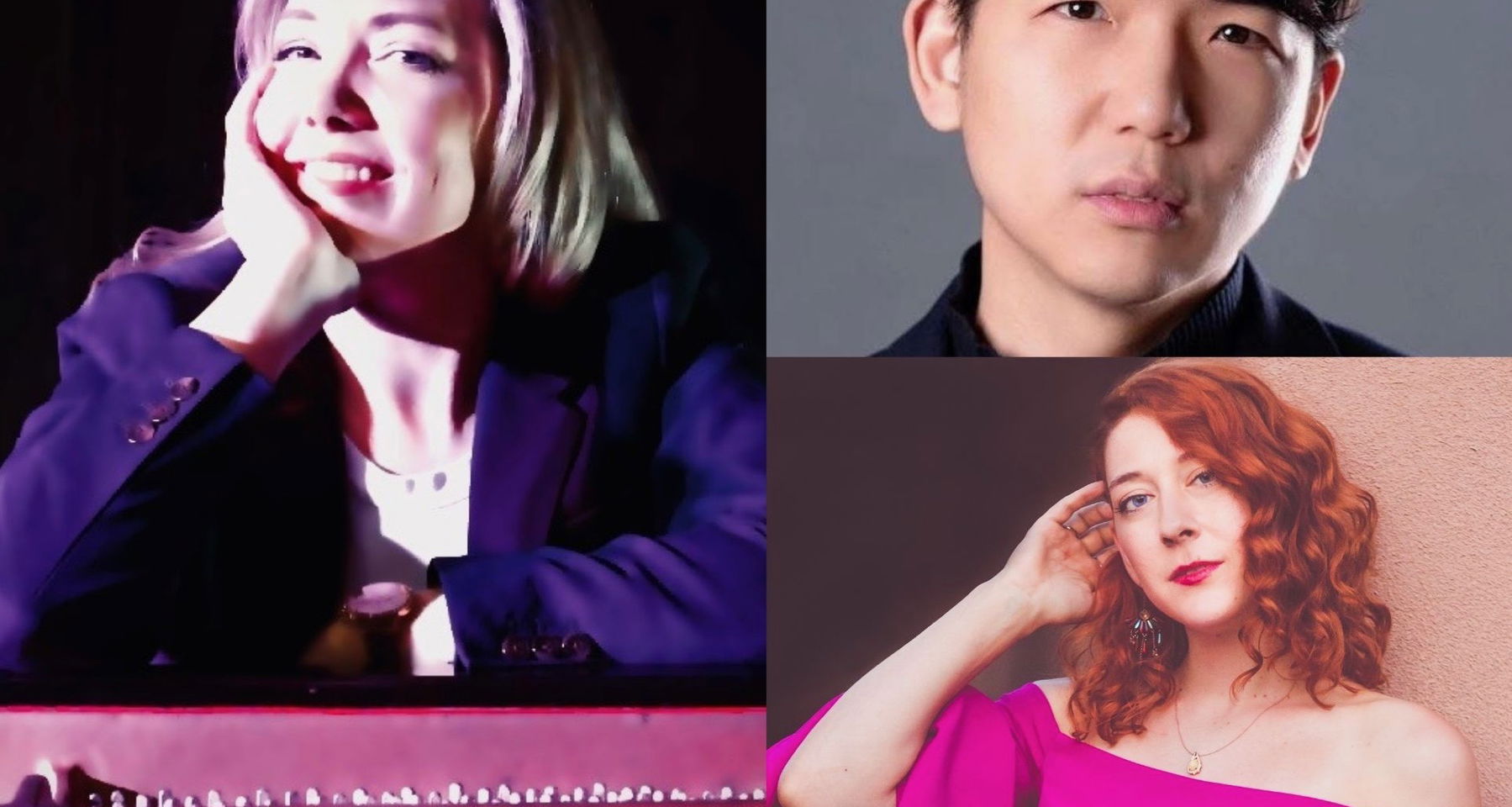

- Bring your own drinks
-

- All guests must be 21
-
Wheelchair access
- Not wheelchair accessible
This is a groupmuse
A live concert in a living room, backyard, or another intimate space. They're casual and friendly, hosted by community members.
Host
What's the music?
Heather Lake:
Quando men vo - G. Puccini
Piangero by Guilo Cesare
Have peace, Jo - from Little Women
Embroidery Aria - from Peter Grimes
O mio babbino caro - G. Puccini
Morgen Op. 27, No. 4 - Strauss
Ich wollt ein Sträusslein binden - Strauss
Doohyun Yoon:
‘A vucchella - Tosti
La Serenata - Tosti
Parlami d’amore, mariu’ - C. A. Bixio
O del mio amato ben - Stefano Donaudy
Non ti scordar di me! - E. Curtis
Tu Ca Nun Chiagn - E. Curtis
Core ‘ngrato- S. Cardillo
Musica Proibita, Op. 5 - S. Gastaldon
Where does this music come from?
The origins of Neapolitan song lie in the fables and ballads composed at the time of Federico II of Svevia, who founded the university of the same name in Naples in 1224. The Neapolitan musical tradition grew in popularity in the 16th century, thanks to the so-called 'Villanella alla Napoletana', a form of secular composition of a rustic, sentimental and often satirical nature.
Alongside these rhythms, the notes of the tarantella and opera arias began to blossom in the 17th and 18th centuries, but the true "Golden Age" of Neapolitan song developed between the beginning of the 19th century and the Second World War, thanks to the inspiration of poets and composers such as Raffaele Sacco, Filippo Campanella, Salvatore di Giacomo, Liberio Bovio, E.A. Mario, Ferdinando Russo and Ernesto Murolo.
Giacomo Puccini - Italian composer, one of the greatest exponents of operatic realism, who virtually brought the history of Italian opera to an end. His mature operas included La Bohème (1896), Tosca (1900), Madama Butterfly (1904), and Turandot.
Richard Strauss- German composer and conductor best known for his tone poems and operas. Considered a leading composer of the late Romantic and early modern eras, he has been described as a successor of Richard Wagner and Franz Liszt. Along with Gustav Mahler, he represents the late flowering of German Romanticism, in which pioneering subtleties of orchestration are combined with an advanced harmonic style.
Location
Exact address sent to approved attendees via email.
This is a groupmuse
A live concert in a living room, backyard, or another intimate space. They're casual and friendly, hosted by community members.
Host
Attendees
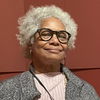
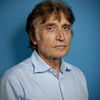
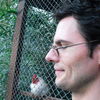



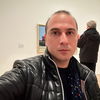






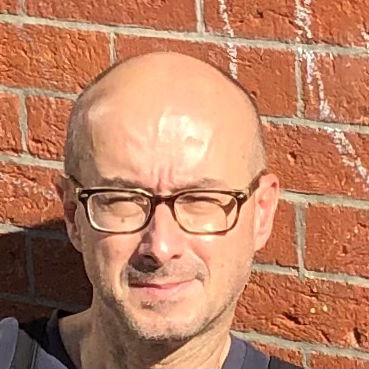



 Continue with Facebook
Continue with Facebook
 Continue with Google
Continue with Google
 Continue with Apple
Continue with Apple
Comments
Comment sections are only for participants.